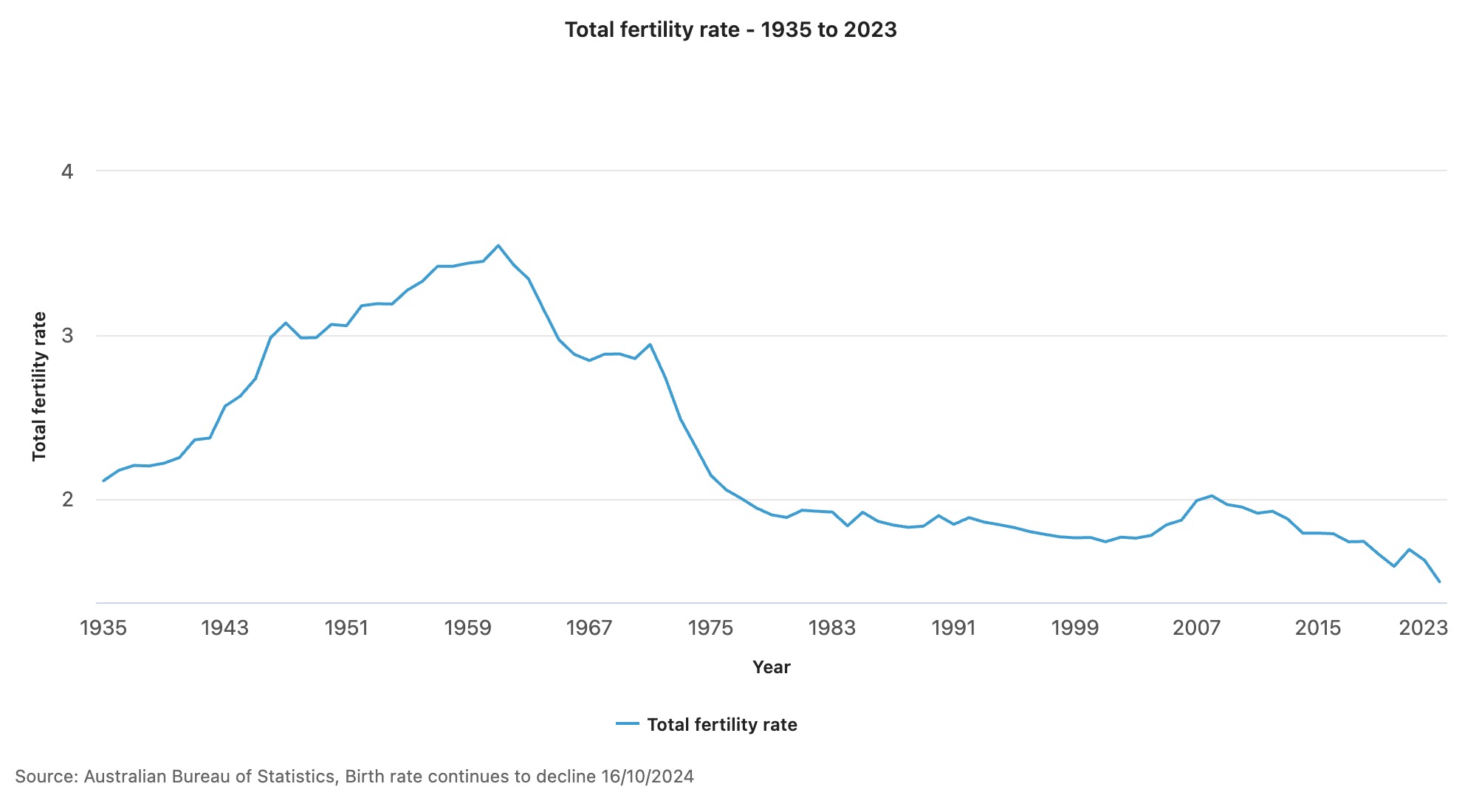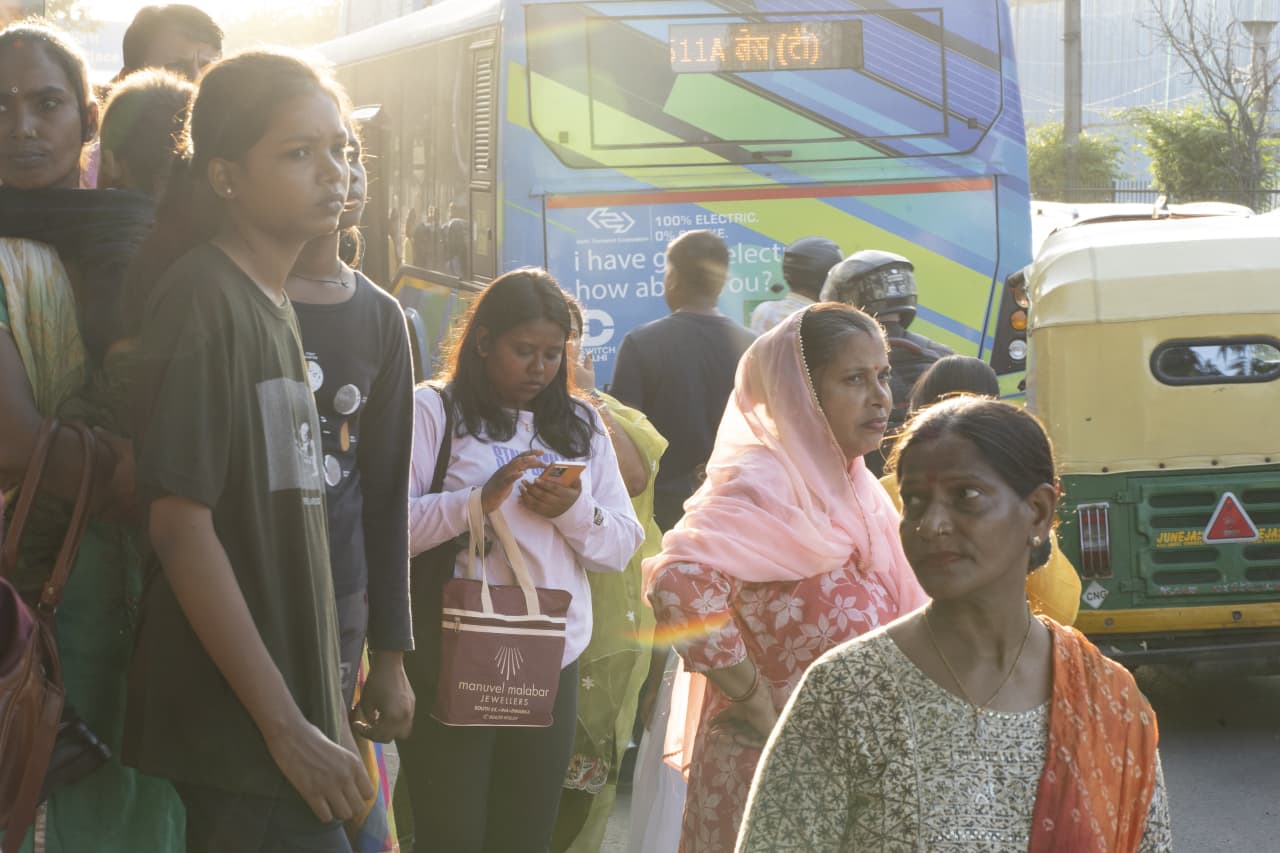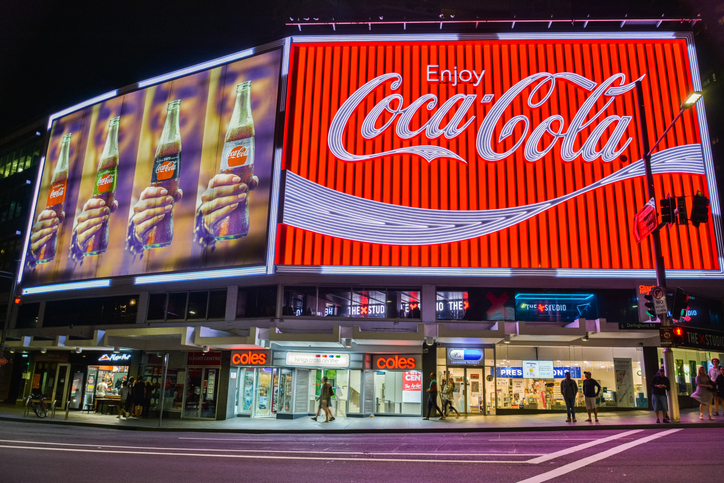The Clean Energy Transition Is Creating Opportunities to Invest in Infrastructure
A year after the Inflation Reduction Act (IRA) was signed into law it’s a good reminder that there’s opportunity in infrastructure investments in the U.S., particularly green technology or those that profit from the transition from fossil fuels to renewable-energy sources.
“This is a really good time to be investing in the sector,” says Michael McGown, head of North American infrastructure private markets at Mercer Alternatives. “There is a real need to transition away from carbon, and the fact that the U.S. government has gotten behind this makes it a win.”
Yes, there is some political pushback against the law—and there are still those who want to rely on fossil fuels and other traditional forms of energy production. But many experts point to the IRA’s transformative potential, and its impact on energy-transition spending in particular, as a good opportunity for savvy investors.
“I don’t think in my career I’ve ever seen a law have a greater impact on economic development in this country,” Gregory Wetstone, chief executive officer of the American Council on Renewable Energy, a clean energy lobbying group, said in July.
Wall Street agrees. Calling themselves “positive” on greentech opportunities, analysts at UBS wrote in July that they forecast US$40 trillion to US$50 trillion of global energy-transition investments in the years 2021–30, in support of net-zero efforts.
“We also expect to see technological developments and a broad-based move to global electrified vehicles (i.e., battery-electric vehicles and plug-in hybrid electric vehicles),” the UBS team wrote in a note. “Such sales may account for a 30% share of the global market by 2025 and a 60%–70% share by 2030, in our view.”
Within the category of energy transition, there are some infrastructure themes that may appeal more than others, either because of their promise of innovation or potential monetary returns.
Mercer’s McGowan points to investments in carbon reduction and abatement, those dedicated to decommissioning old power plants to replace them with renewable or hybrid technologies, and investing in ammonia, which is often used to transport clean hydrogen.
More cutting-edge technologies are likely to offer investors better total returns, says Steven Novakovic, director of curriculum for the Chartered Alternative Investment Analyst Association. In contrast, the more mature, stable, user-fee oriented investments are less return-oriented, but better bets for income investors.
“Generating, moving, or storing energy tends to be income-oriented,” Novakovic says.
Importantly, even though energy infrastructure may be capital-intensive, higher and rising interest rates aren’t likely to be a negative for the sector.
“High barriers to entry and the monopolistic positioning of many infrastructure assets tend to make them less sensitive to the economic cycle,” the UBS analysts said. “In addition, they can help stabilise income generation in a multi-asset class portfolio, particularly when accounting for long-term inflation. Since 2003, infrastructure has typically performed best when global inflation has been high (based on Cambridge Associates Infrastructure Index data).”
With interest rates higher across the board, some investors may simply choose to stick with safer fixed-income assets, Novakovic says. But, he says, “Ultimately infrastructure still has a diversifying effect for portfolios.”
Where to Invest
What are the best ways for investors to access the sector? Qualified investors, or those with at least a few million to spend, can put money directly into private-market plays, such as private-equity funds or even venture-capital funds, which are likely to pay the most in total returns.
There are, of course, typical concerns with private-market strategies, the UBS team said: “illiquidity, longer lockup periods, leverage, concentration risks, and limited control and transparency of underlying holdings. While risks can’t be fully eliminated, it is possible to mitigate them through strong due diligence and strict manager selection.”
They add a shout-out for global industrial stocks, writing that the “sector’s composition has become increasingly diversified and no longer behaves like a traditional cyclical play, in our view.”
In a July note to clients, J.P. Morgan Private Bank analysts wrote about the opportunities in the semiconductor industry driven by the IRA in addition to last year’s CHIPS and Science Act. Semiconductors, for instance, can be used in the process of decarbonisation, particularly for powering “smart” electric grids and other forms of infrastructure
“The semiconductor industry is poised for growth as chips penetrate the clean energy value chain: in photovoltaic solar cells, wind turbines, EVs, batteries, charging stations, and power grids,” the note said.
CHIPS alone allocates more than US$50 billion to subsidise domestic manufacturing of advanced semiconductors. “These government incentives, combined with the wide variety of uses for semiconductors, have pushed companies to ramp up supply,” J.P. Morgan said.
For investors who want to access a basket of energy-transition stocks, several exchange-traded funds may fit the bill. The Global X Lithium & Battery Tech ETF (ticker: LIT) “invests in the full lithium cycle, from mining and refining the metal, through battery production,” according to fund documents, while the Sprott Energy Transition Materials ETF (SETM) says it, “provides pure-play access to a range of critical minerals necessary for the global clean-energy transition.”
And for those who prefer bonds, or just want a more tax-efficient strategy, many municipalities are also issuing debt to fund cleaner energy. In June, the California Community Choice Financing Authority sold nearly US$1 billion in bonds to finance the acquisition of clean energy—including geothermal and solar-plus-storage—by the Clean Power Alliance of Southern California. The projects could affect as many as 3 million residents.
 Copyright 2020, Dow Jones & Company, Inc. All Rights Reserved Worldwide. LEARN MORE
Copyright 2020, Dow Jones & Company, Inc. All Rights Reserved Worldwide. LEARN MORE
This stylish family home combines a classic palette and finishes with a flexible floorplan
Just 55 minutes from Sydney, make this your creative getaway located in the majestic Hawkesbury region.
Governments around the world are offering incentives to reverse a downward spiral that could threaten economic growth
The Australian birth rate is at a record low, new data has shown.
Figures from the Australian Bureau of Statistics have revealed there were 286,998 births registered around the country last year, or 1.5 babies per woman.
Birth rates in Australia have been in a slow decline since the 1990s, down from 1.86 births per woman in 1993. Declining fertility rates among girls and women aged 15 to 19 years was most stark, down two thirds, while for women aged 40 to 44 years, the rate had almost doubled.

“The long-term decline in fertility of younger mums as well as the continued increase in fertility of older mums reflects a shift towards later childbearing,” said Beidar Cho, ABS head of demography statistics. “Together, this has resulted in a rise in median age of mothers to 31.9 years, and a fall in Australia’s total fertility rate.”
The fall in the Australian birth rate is in keeping with worldwide trends, with the United States also seeing fertility rates hit a 32-year low. The Lancet reported earlier this year that, based on current trends, by 2100 more than 97 percent of the world’s countries and territories “will have fertility rates below what is necessary to sustain population size over time”.
On a global scale, the Lancet reported that the total fertility rate had “more than halved over the past 70 years” from about five children per female in the 1950s to 2.2 children in 2021. In countries such as South Korea and Serbia, the rate is already less than 1.1 child for each female.
Governments around the world have tried to incentivise would-be parents, offering money, increased access to childcare and better paid maternity leave.
Experts have said without additional immigration, lower birth rates and an ageing population in Australia could put further pressure on young people, threaten economic growth and create economic uncertainty. However, a study released earlier this year by the University of Canberra showed the cost of raising a child to adulthood was between $474,000 and $1,097,000.
This stylish family home combines a classic palette and finishes with a flexible floorplan
Just 55 minutes from Sydney, make this your creative getaway located in the majestic Hawkesbury region.






















